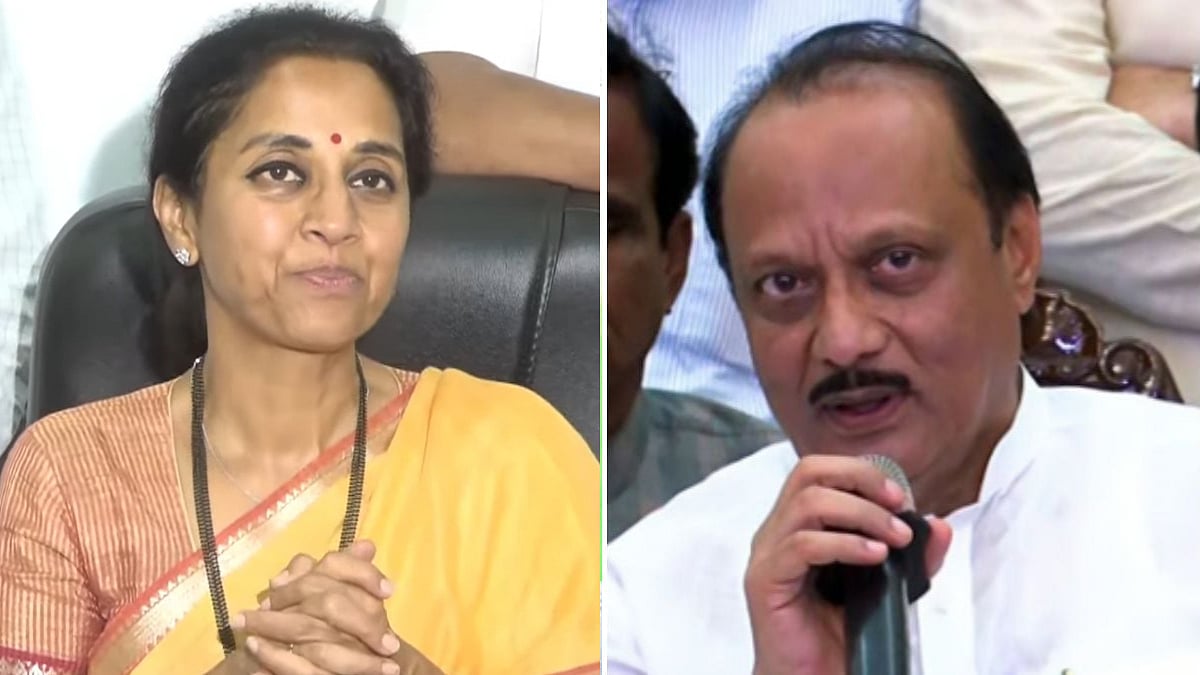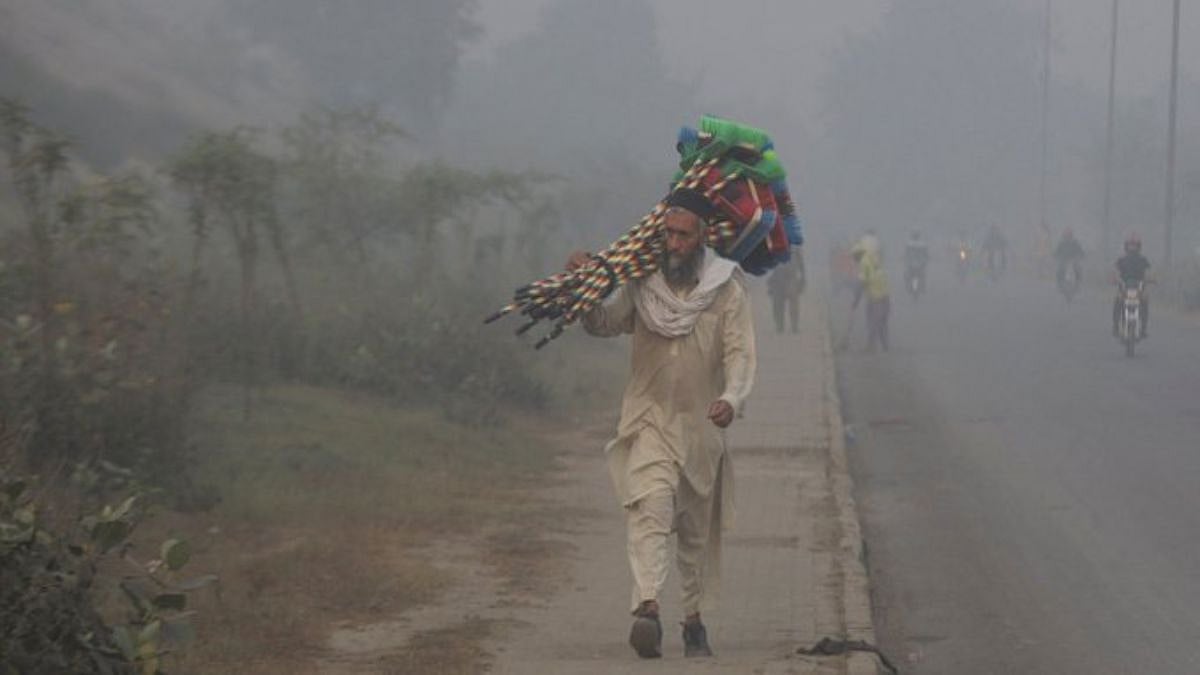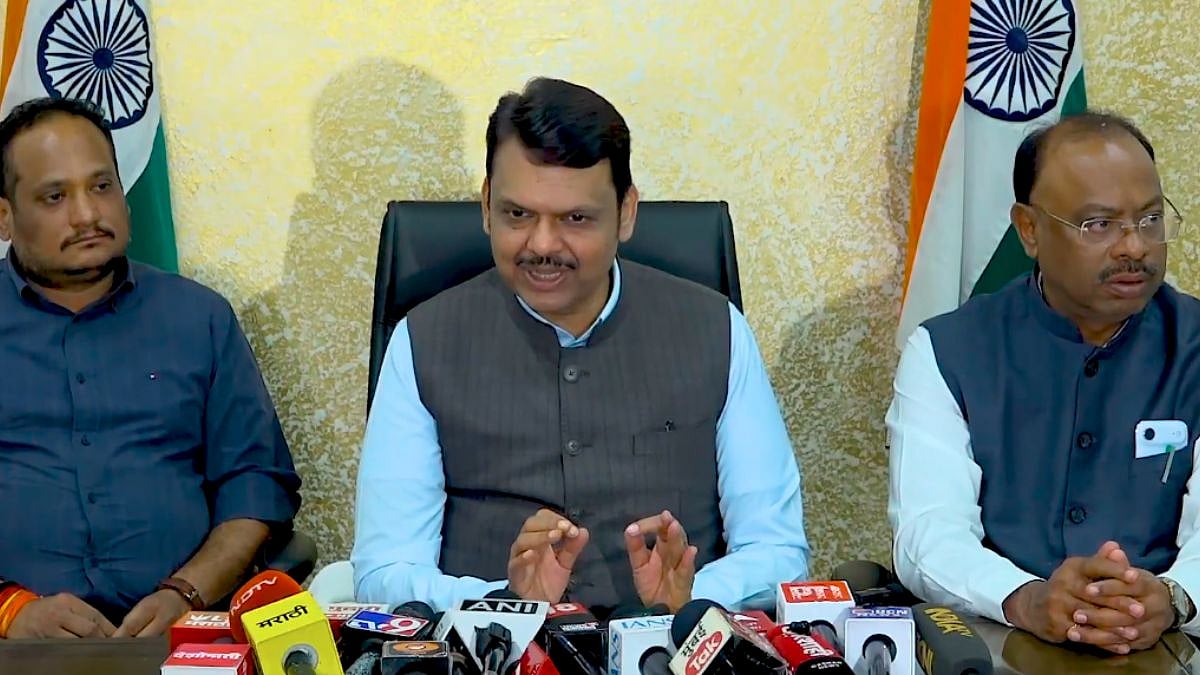We wonder whether the outlay for agriculture announced by Union Finance Minister Nirmala Sitharaman in her 2023-24 budget was for agriculture or industry. Agriculture Accelerator Fund for agri-startups, PPP for extra-long cotton fibre, expansion of local storage capacity: these are schemes that are going to directly benefit agribusinesses. Agricultural credit of Rs 20 lakh crore, assistance to farmers to adopt natural farming and alternative fertilisers, Rs 60,000 crore for PM-Kisan fund: these are schemes that are going to benefit agribusinesses indirectly, for the farmers will use the money to buy their products and services.
But is agriculture’s role only to make industry viable? Does it have to go on buying products and services from industry and selling its produce to them without bothering about its ‘bottomline’? Is it its destiny to make the market rich and remain poor? Is it a nation of proletariat within a nation of bourgeoisie?
If you look at it objectively, the market has no moral right to bridle agriculture like a horse and ride it to prosperity. More than 65% of the Indian population lives in villages and draws its direct or indirect income from agriculture. More than 40% of the country’s workforce is directly employed in agriculture. Among agriculture, industry and services, agriculture is the largest employer.
The popes of the free market had sold us a dream that industry will take the overburden of labour off agriculture’s back, making it straight. But agriculture’s back is still hunched. The industry refuses to take off its load. The services — construction, hospitality, retail — have proven more helpful to agriculture than industry in this respect, but they are like the monsoon: one year adequate, the other year erratic, the third year absent. Their disappearance or deficiency leaves agriculture no choice but to often take back even that part of the burden it had thought it had got rid of. Remember the rivers of exhaustedly energetic workers flowing hundreds of miles down the ghostly roads from cities to villages after the first Covid lockdown? They knew there were some grains of rice for them in the pot of agriculture.
Yet, the government of liberalised India, from the Congress down to the BJP, has been giving larger and larger resources to industry and services, and less and less to agriculture. Because the popes of the free market say the bird of economic progress can fly to incredible heights only on wings made from industry and services. If agriculture wants to join economic progress, it has to play a subordinate role to industry and services, they say.
And there has lain the crux of the confrontation between the government and the farmers in the post-reform decades. The government wants to establish the sway of industry and services over agriculture, and the farmers will not let it do so. The farmers want to keep agriculture under their own control. That is the fight also between the Narendra Modi government and the SKM (Samyukta Kisan Morcha). The farmers are not against industry and services. They only say that if industry and services profit from agriculture, agriculture should also profit from them.
It is a clash of visions. It is not difficult to see that the farmers have a better vision than the government. India is not America where the average farm holding is about 1100 acres. It is not even France where the average farm size is 100 acres. India’s average farm size is 2.5 acres. Of about 15 crore farmers in India, 13 crore own less than 5 acres. If you count five to a family, as many as 65 crore Indians, nearly half the country’s population, depend on small landholdings for their survival.
They need to be supported in all ways to prosper. For if the market takes over their farms and accumulates their small holdings to build gigantic estates as agribusinesses in the US have done, the country would not know how to support half its population for their livelihood. The State can facilitate their prosperity in three ways.
One, by pooling small holdings into farmer producer organisations (FPOs). As FPOs small farmers gain economic and political power to beat the challenges from locally entrenched monopolistic producers and traders to enjoy the fruits of the market. Today FPOs exist in most states but their number is still very small. The State has to take it up as a mission to unify all small farmers into FPOs by 2030.
Two, by increasing productivity. Agricultural productivity (yield in kg/hectare) in India is much lower than in the US, Brazil, China or Vietnam. Within the country, regional productivity varies wildly. In 2019-20, it was 1168 kg/ha in Maharashtra, one-fourth of that in Punjab. With degradation of soil and depletion of water from overexploitation, productivity is limping. No wonder agriculture struggles to grow beyond 3% per annum. Higher agricultural growth will mean higher farmer income, higher employment, higher wages, higher consumption, higher investment, higher net exports, higher GDP.
Returning to the Union budget 2023-24, a vision for raising agricultural productivity is missing in it, as in the previous budgets. To raise productivity, adequate public spending is needed for agricultural research and extension. The technologies that launched the green revolution are worn out. New technologies are required. But the State now spends very little on research at Indian Council of Agricultural Research (ICAR) and state agricultural universities. Whatever new happens there does not reach the farmers as extension is sickly.
Three, by promoting mixed farming. The State must motivate farmers to move them partially or wholly out of the rice-wheat cycle to pulses, oilseeds, millets, fruits, vegetables, livestock and fisheries. To do that, the State has to invest in research for developing new seeds and breeds. It has to invest in irrigation. It has to invest in building storage, processing and marketing infrastructures. It has to invest in helping farmers get good returns from the market for alternative crops through guaranteed MSP, as the SKM is demanding. There is no ray of hope in the 2023-24 budget for any of these happening.
Arun Sinha is an independent journalist and author of ‘Against the Few: Struggles of India’s Rural Poor’









